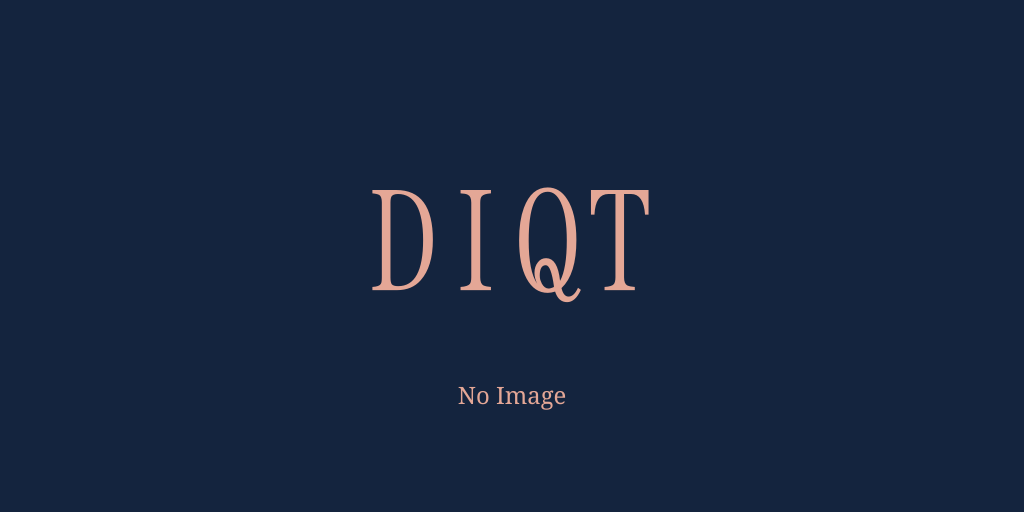They look like the stupid kind of wastoids who get gobbled up in the first ten minutes of a horror movie, I said.
And there is one night in the year I have always observed – the good old Methodist vigil called Watch-night, popularly described as seeing the old year out and the new year in. […] I have only been a Methodist once a year; and peculiar, accordingly, have my watch-night emotions been. There stands the old portico in —— street; can it be a year since I ascended those steps? These are the aisles, the columns, the pulpit, the recess with its inscriptions, the Christmas evergreens yet fresh over the Communion Table – silent preachers all, that seem to say: You and I are a year older, friend; but we have seen more watch-nights than you, and are likely to see more yet;[…][ ]
This book constitutes the record of an intellectual development over a decade that was crucial in my scholarship, a decade that... with arguing for the ongoing creative interaction of nascent Christianities and Judaisms throughout the late antique period, and even beyond.
During this period, and especially in Russia, the travelogue becomes a hybrid genre comprising elements of poetry, prose, and the drama.





